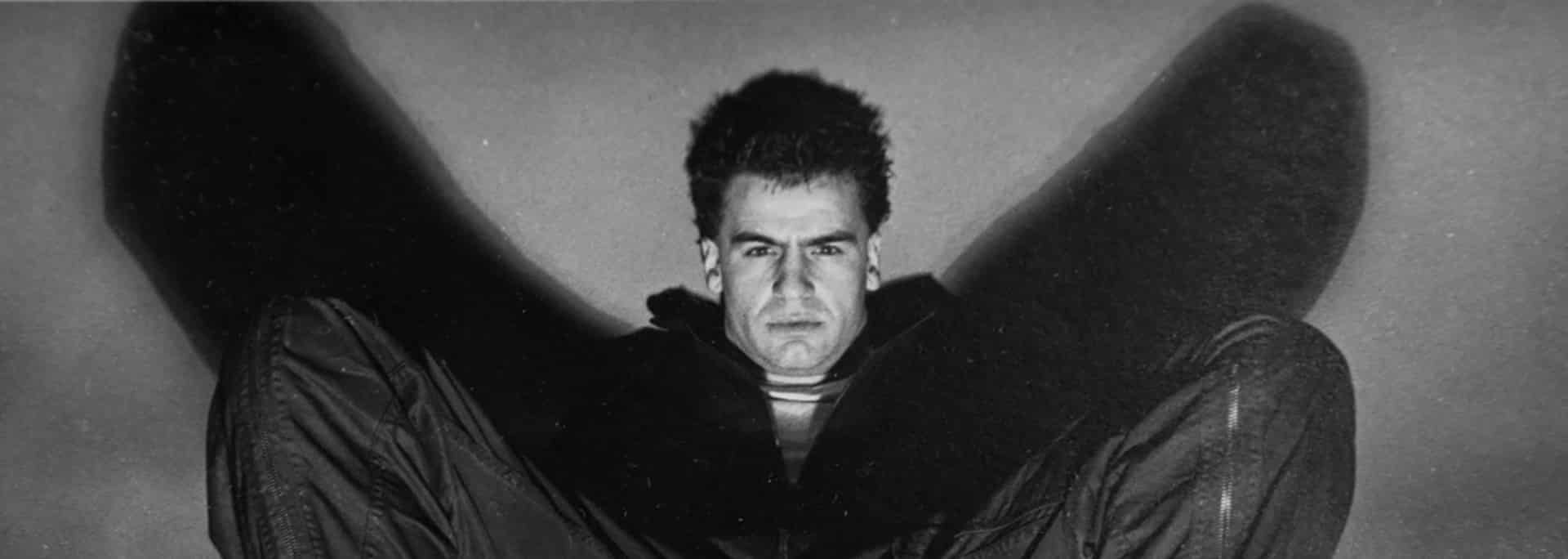Commemorating what would have been the artist’s 71st birthday this month, we look back at the life and times of an underground art radical.

You’re getting blind.
Don’t miss the best of visual arts. Subscribe for $9 per month or $108 $90 per year.
Already suscribed ?



